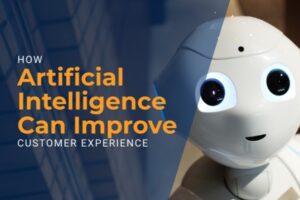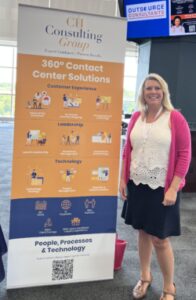We continue to see a serious and concerning gap between customer expectations and what companies have deployed as their customer experience strategy. This ever widening gap is creating customer disloyalty and resulting in lost revenue. Depending on which side of this topic you are on, you are either entering omni-channel success and growth, or you are experiencing P&L pain and customer growth/retention issues. If you fall in the latter bucket, this is meanted to help you to identify your gaps and develop a roadmap and strategy realignment for the second part of 2015.
In 2015 consumer expectations include personalized service, fast resolution and customer-centric, omni-channel and self-service access available 24/7. Consider the following when evaluating your current CEM strategy compared to consumer needs:
- Flexibility – For a simple inquiry, nearly 40% prefer a simple web/email interaction; comparatively for a more complex inquiry that same amount (38%) wants to talk to a live agent.
- Responsiveness – Whether you’re in person, on the phone or online, no one wants to wait. Customers differentiate based on the type of interaction, but as you can see below, they are expecting quick response and turnaround:
- Twitter: 53% of expect a brand to respond in less than an hour
- Call Center: 85% expect immediate resolution of their issue
- Social Media: 42% expect a 60 minute response
- Email: 90% allow 48 hours for response
- Loyalty – If you are not meeting consumer needs, they will leave. And they have – 86% of consumers quit doing business with a company because of a bad customer experience; 51% said they would only try to reach the support team ONCE before giving up on a purchase!
So what do you need to do to not only retain your current customers, but continue to grow your base? Make the effort! 40% of customers say improved interaction with a service employee is their key driver for spending more with a company. Here are some of what I would consider your “must-do’s” for today:
- Offer omni-channel support. It’s not just for the leaders today, it’s expected of everyone. Develop a strategy. Invest in technology. Cover all the basics of voice, email, chat and SMS services today.
- Update your website. In 2015 I can’t believe we still have to convince companies the importance of a good website, but we do because the rules have changes. It’s not just about being represented on the internet; it’s about providing interactive services through your website. Create self-help tools your customers can use for those simple inquiries that they want to resolve themselves!
- Invest in a mobile application. Computers are being edged out by smart phones today for most things. If a consumer can see/do it on the computer – they want to same flexibility to be able to do it from their phones on the go. A mobile friendly website is a must, but consumers also will use a separate app that can streamline their interaction.
- Have a social media presence. This isn’t just being on the internet and having a website, this is having interactive profiles and engaging presence on sites like Twitter, LinkedIn, and Facebook to just name a few. Develop and implement good response management strategy and post consolidation reporting so you can best manage and view your interactions.
From evaluating your current CEM strategy to mapping out a new plan, identifying new technology to finding an outsource partner to assist you, we are available to guide you into a new phase of customer interaction.





